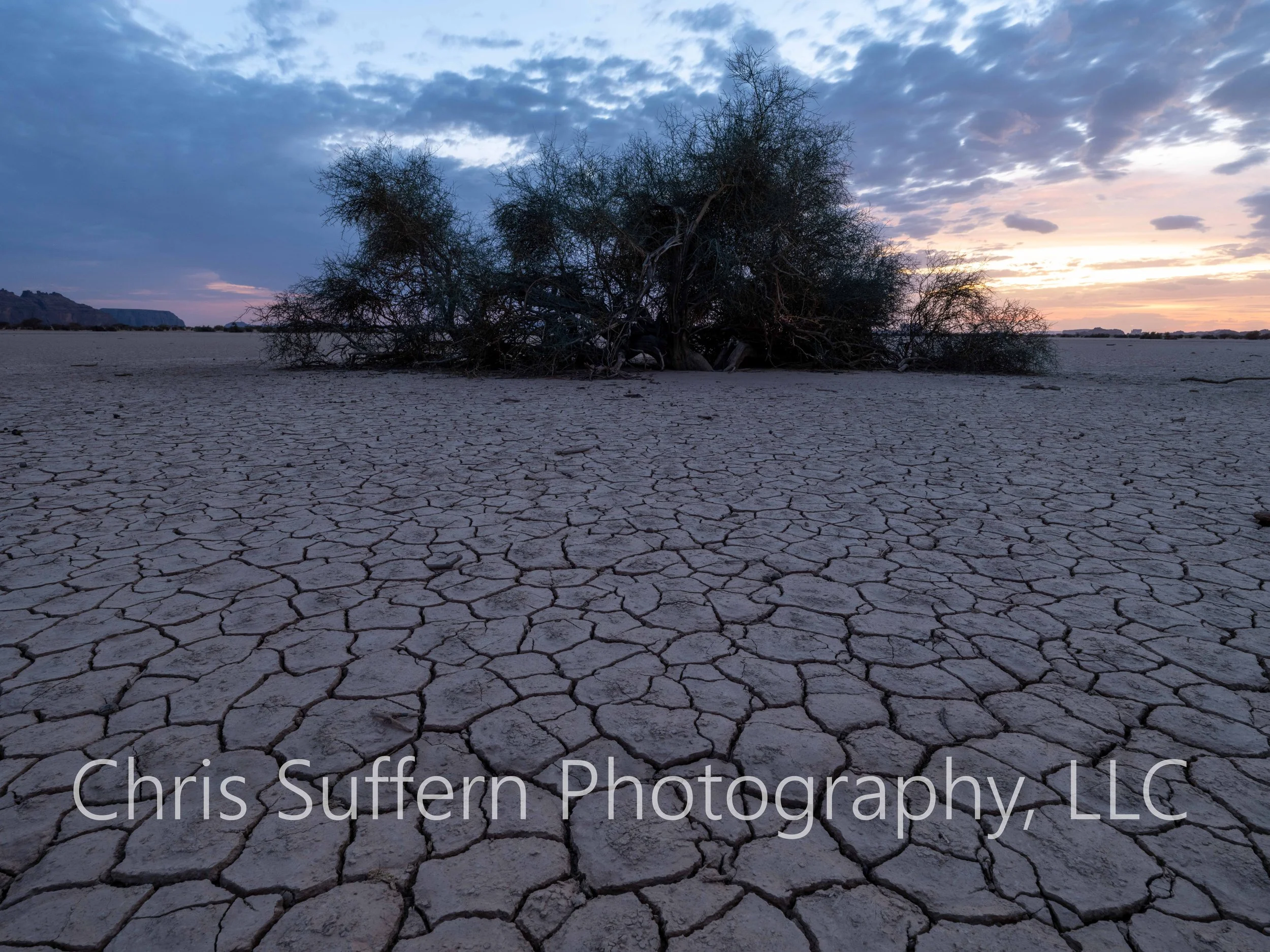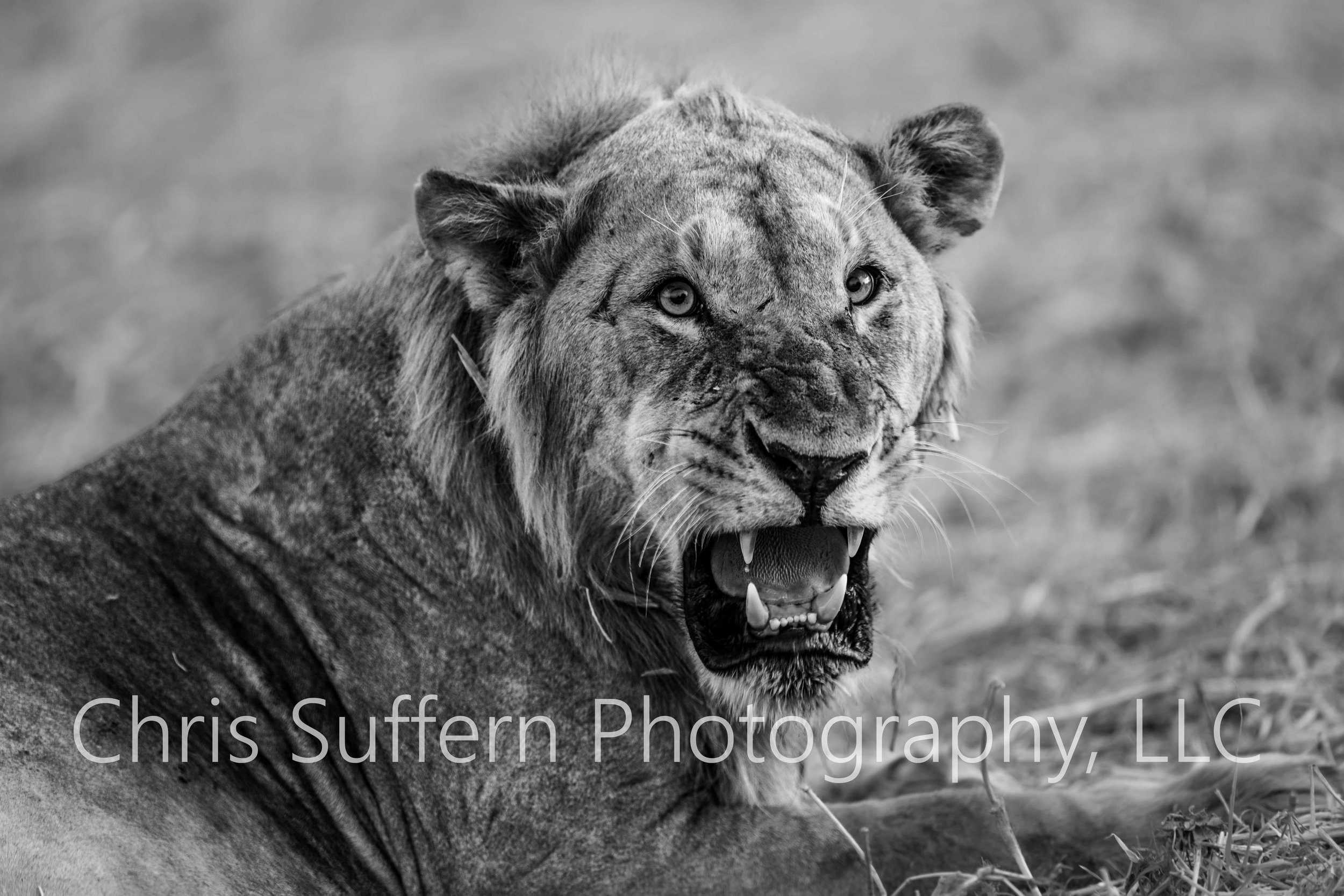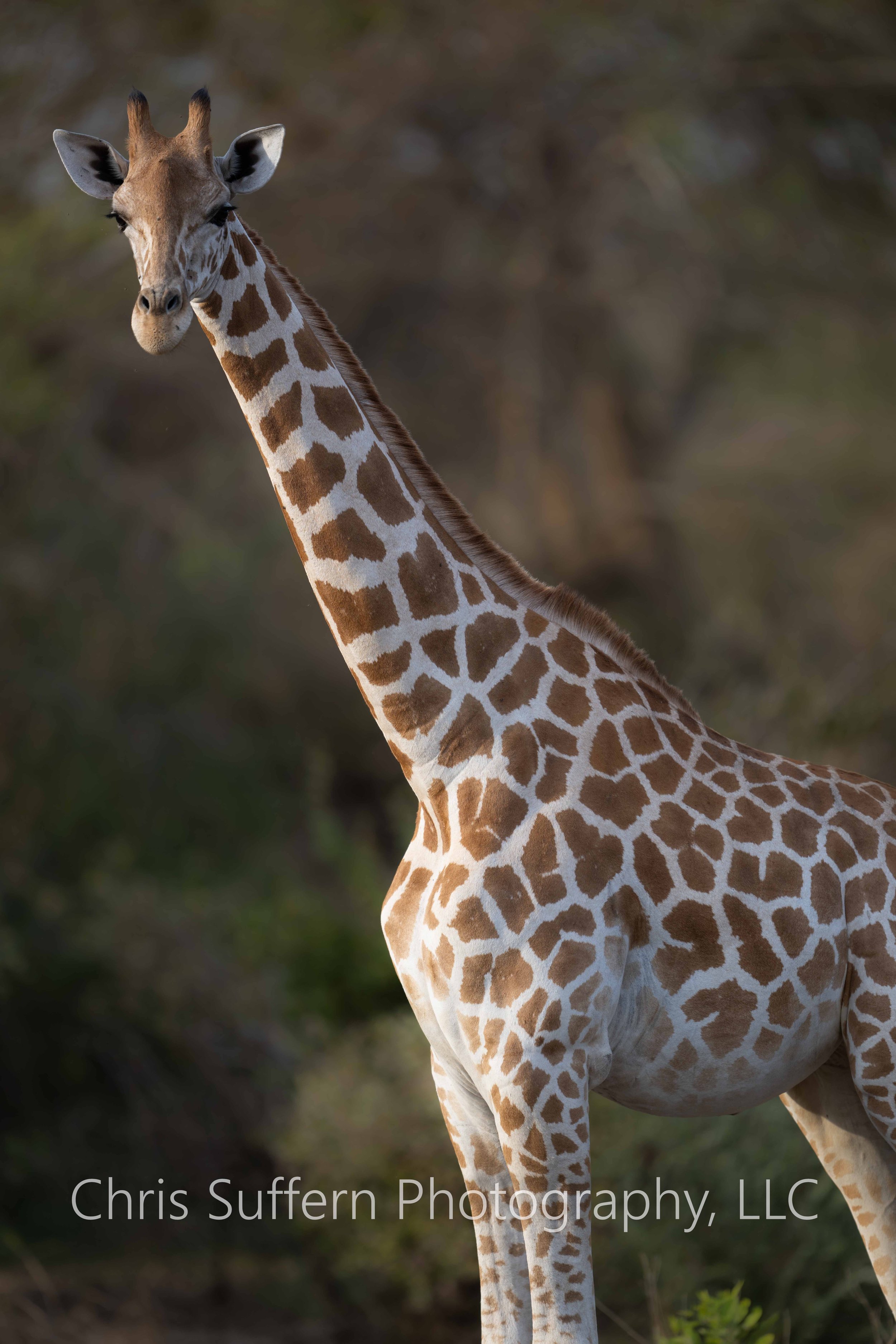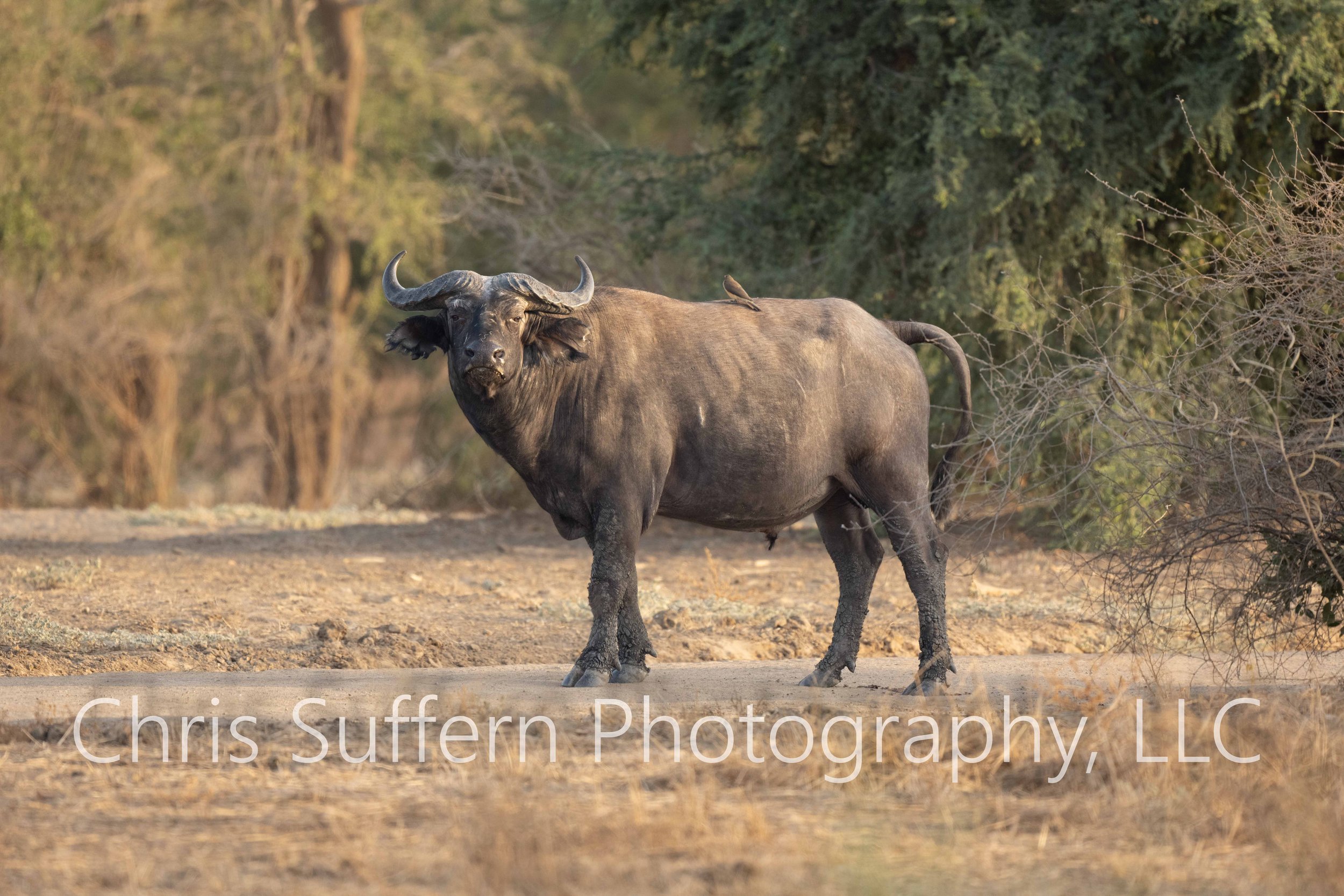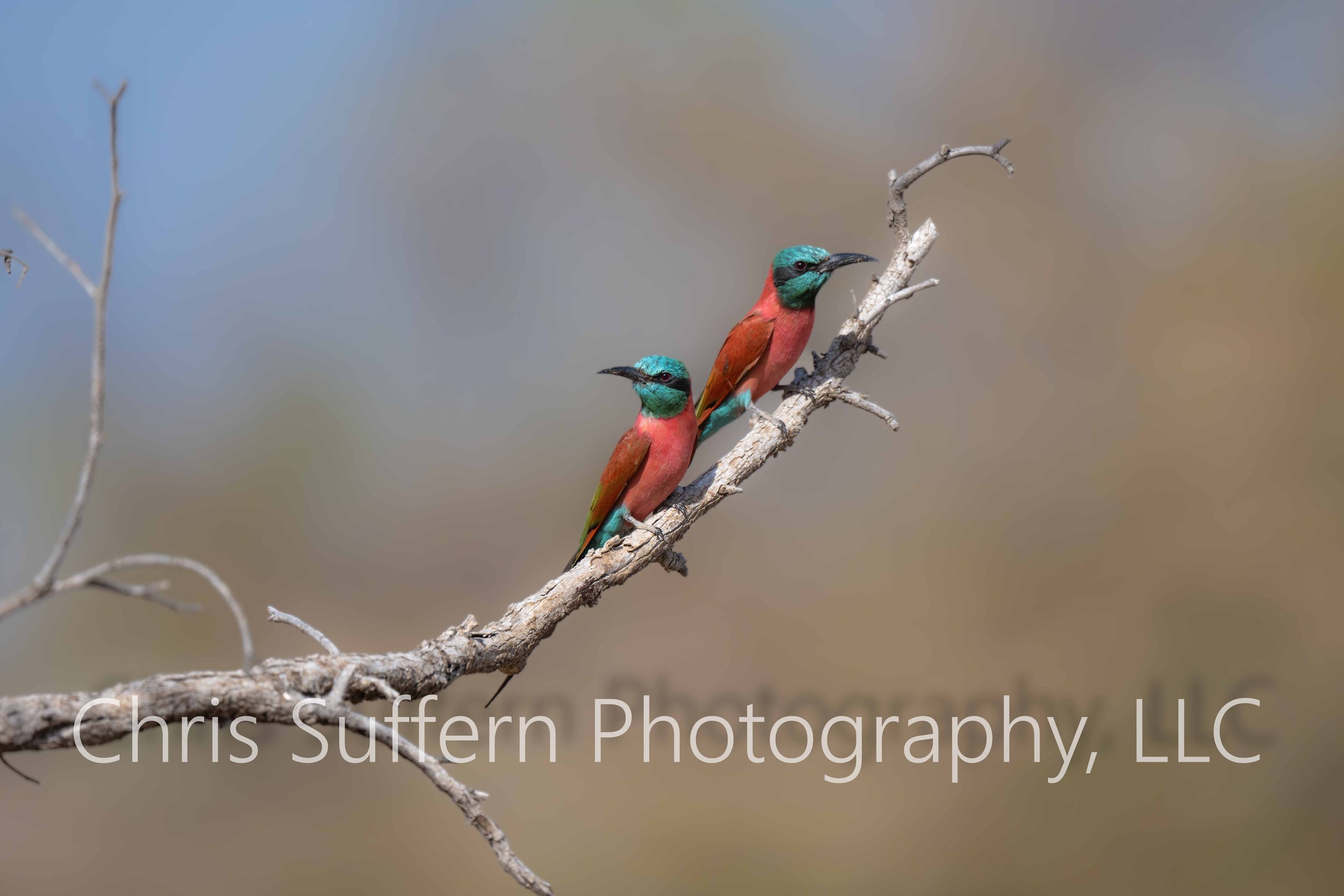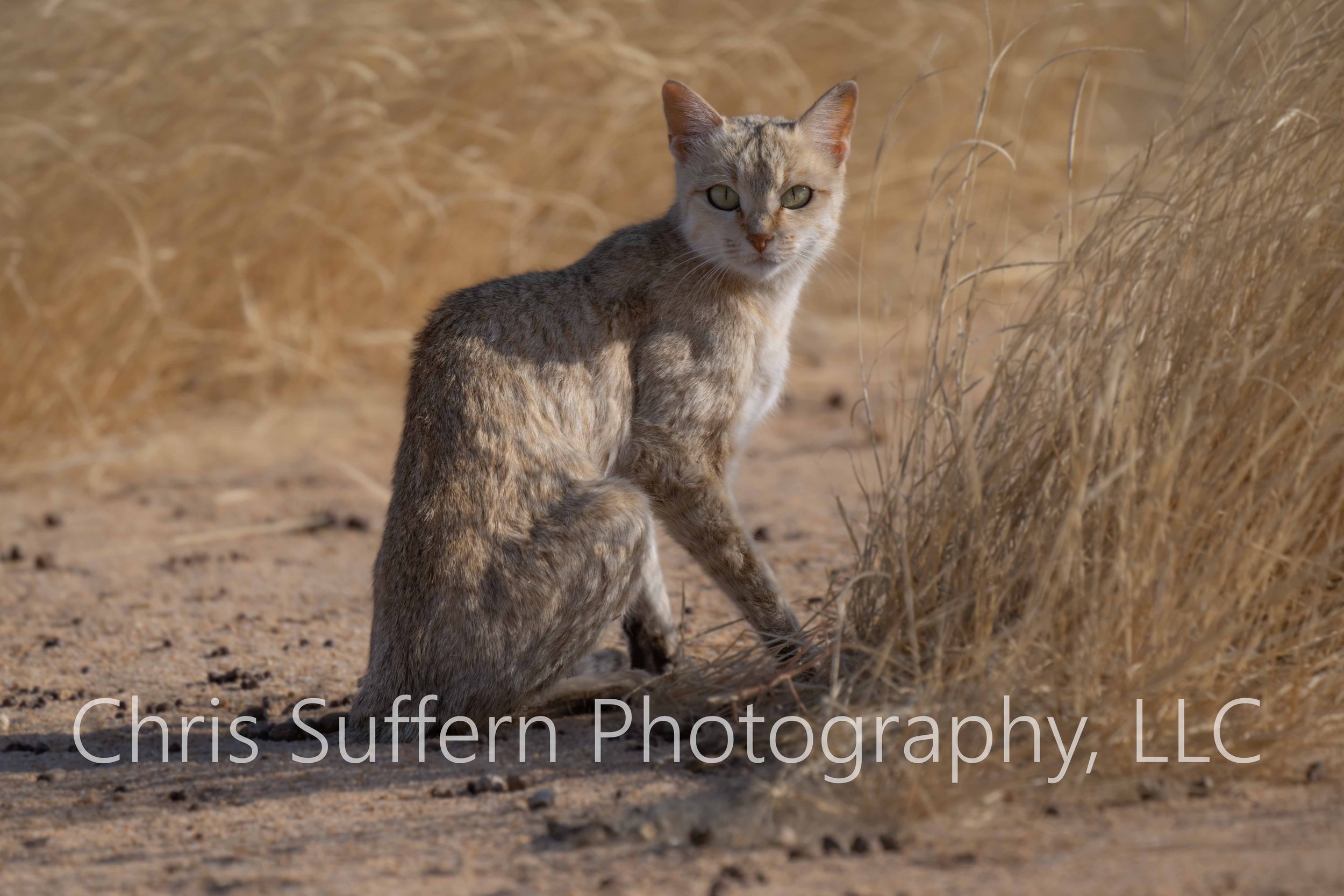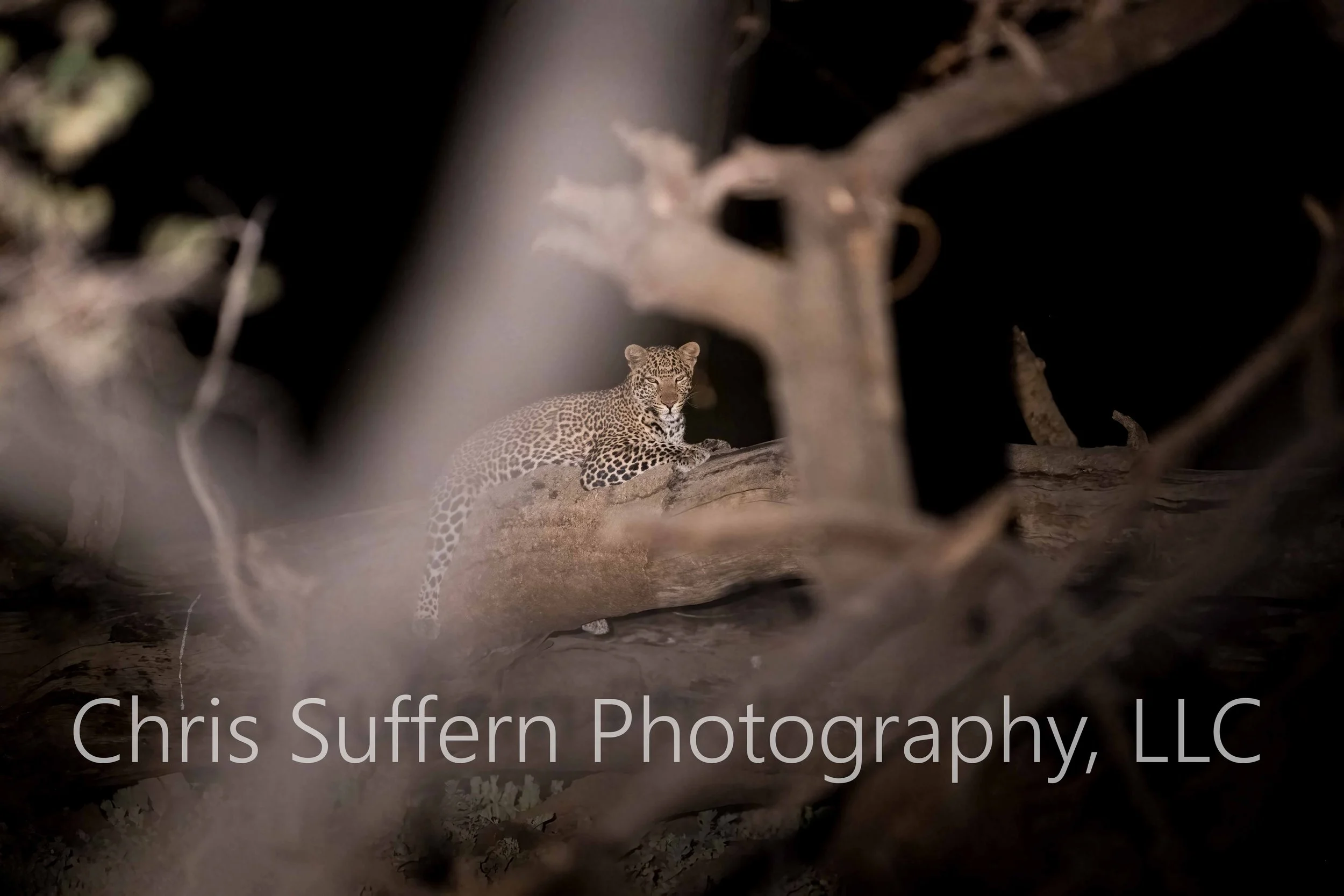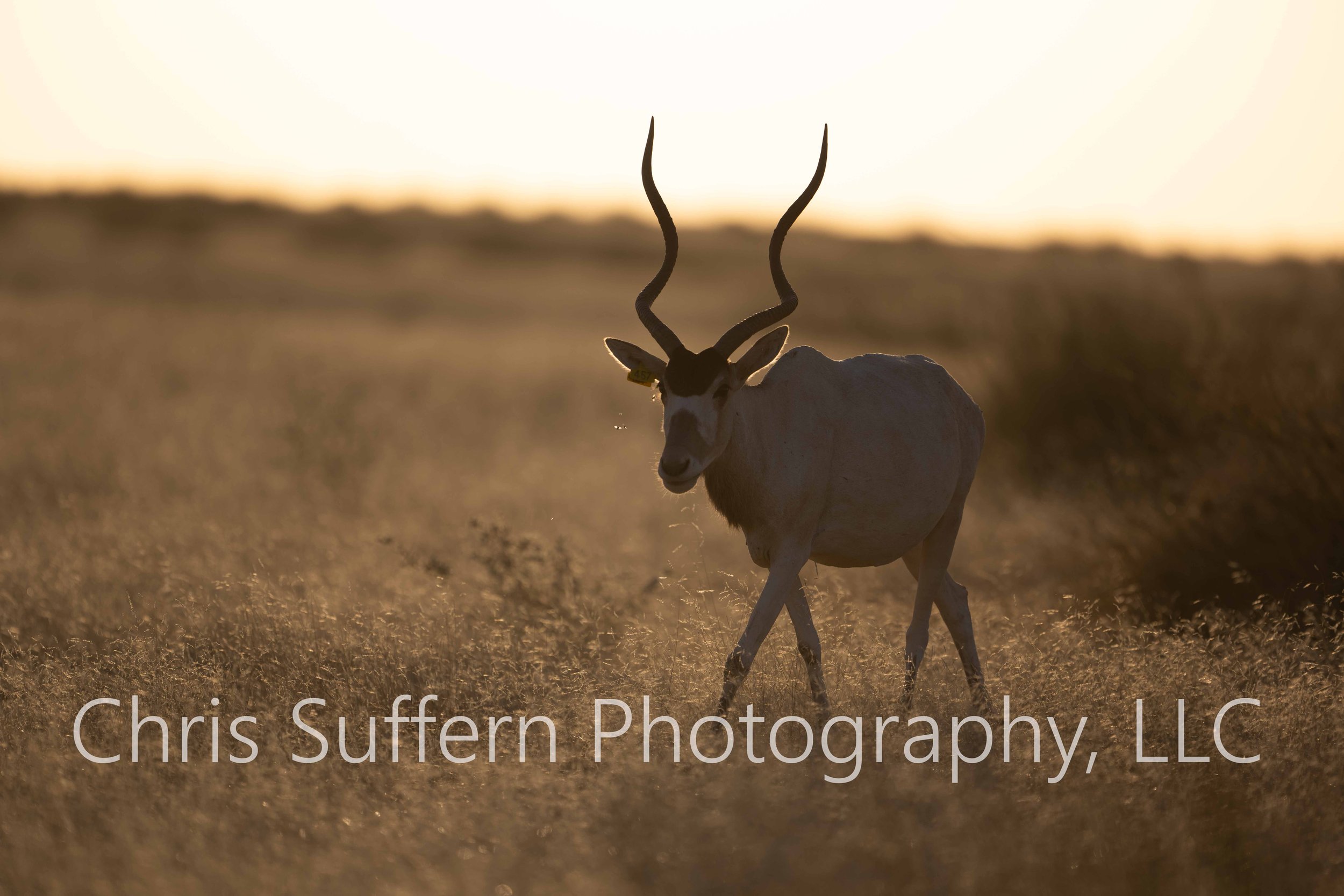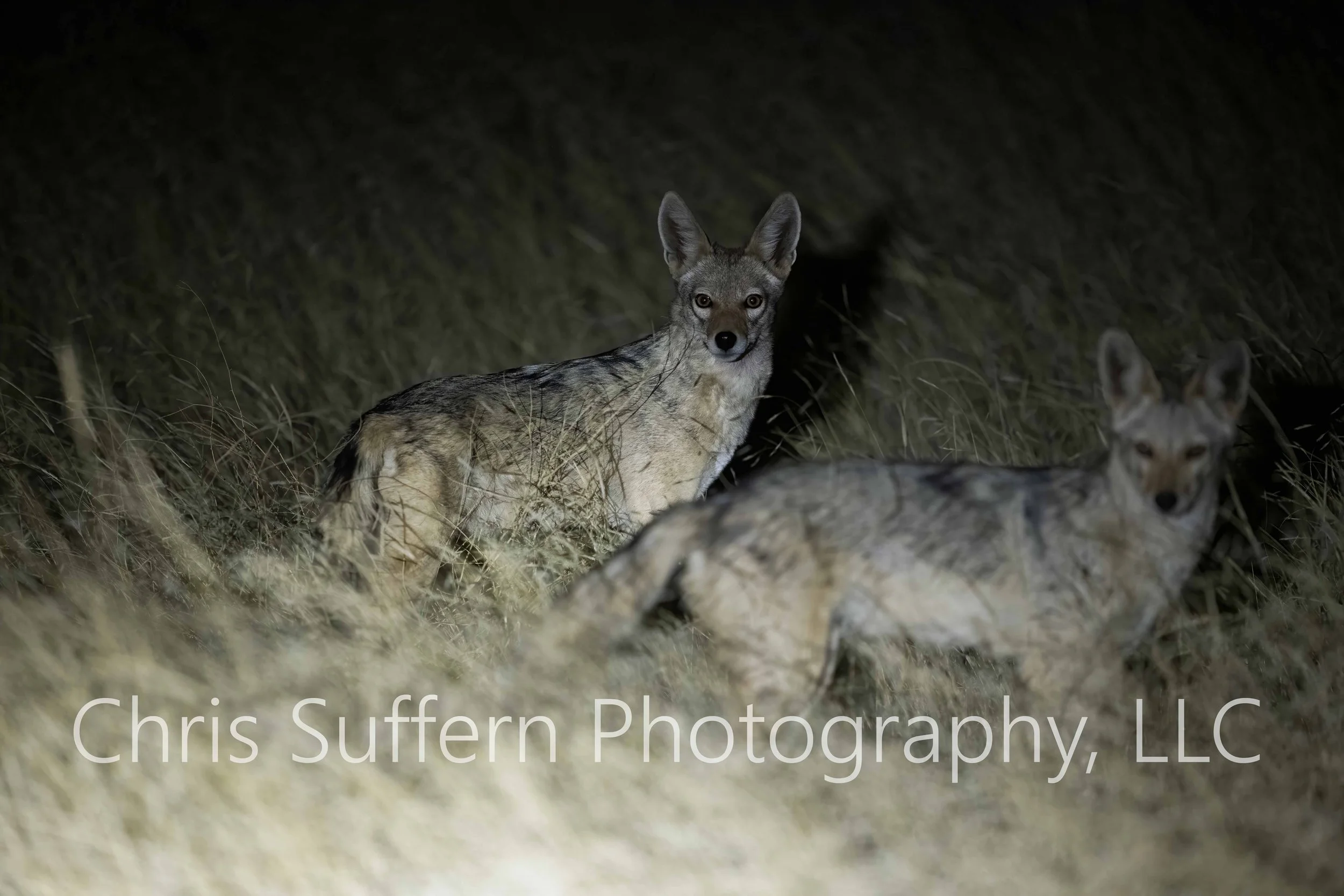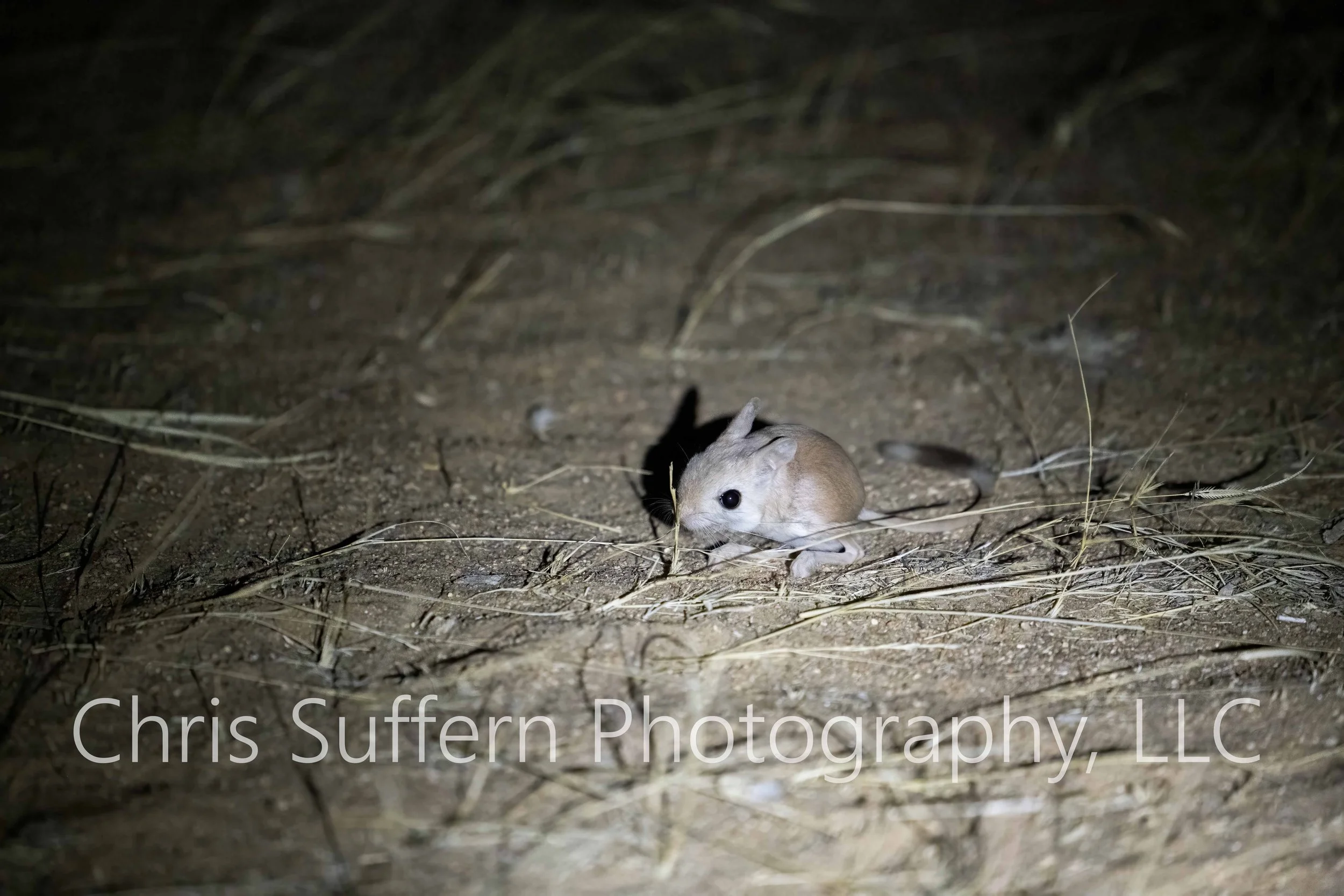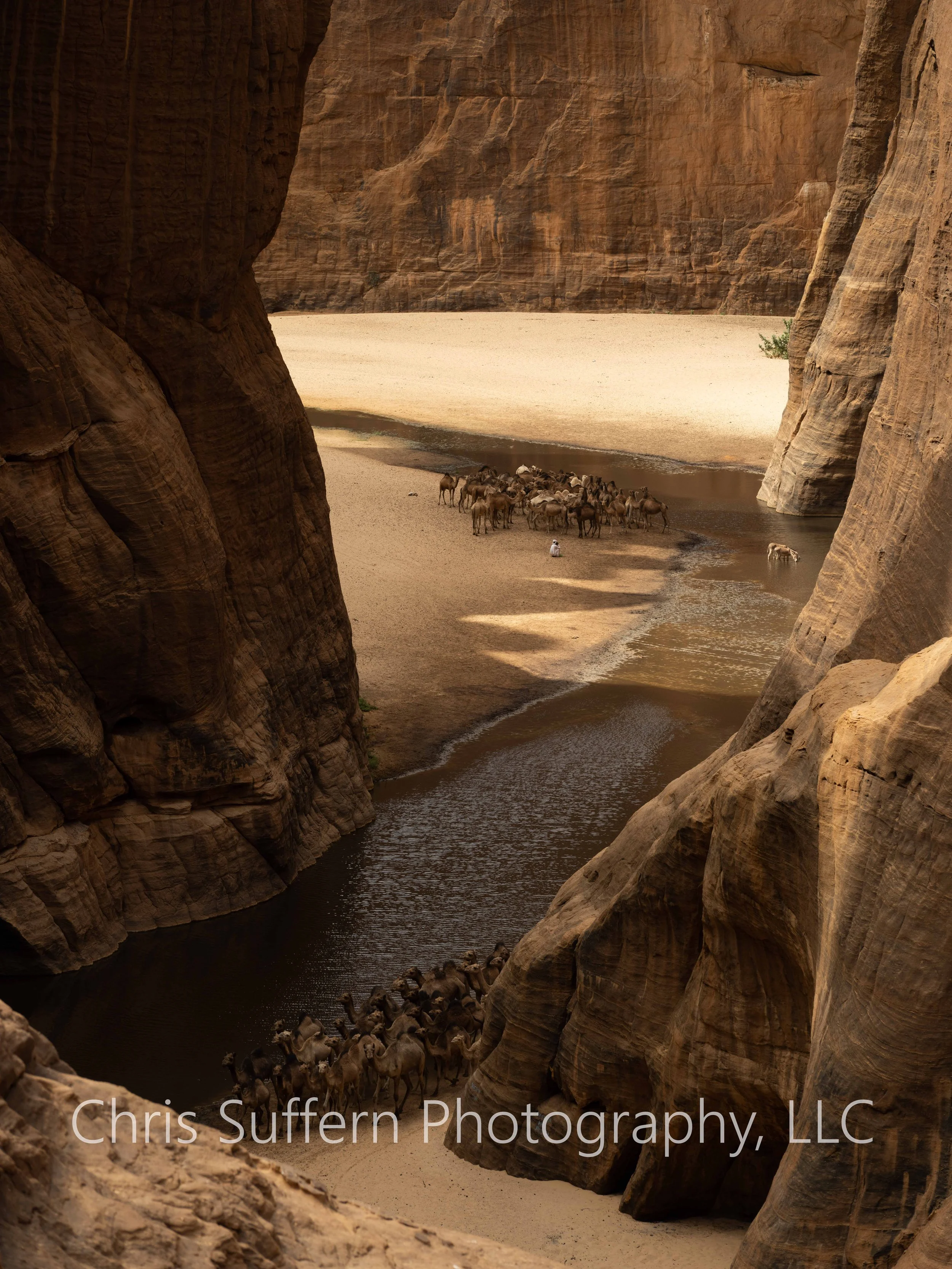The Republic of Tchad
Scorching heat, perpetual layers of sweat, and the relentless harassment of flies feasting on my sebaceous secretions. Sounds like hell, right? Tchad’s French colonization followed by conflict between the uranium rich north and Libya had led to a country rife with poverty and an almost nonexistent infrastructure. Paved roads are rare and if present have been obliterated by a lack of maintenance and extreme weather tripling transit times. The dry season explodes mercury and a respite of a cold drink after a sweltering day is unachievable as the cooler is perhaps 0.5F colder than the ambient air. Desiccated dust covered musty goat is the national dish and 2yr past its shelf life fruit medley is a noxious dessert. Episodes of hypoglycemia from the sparse rations and daily bouts of pounding headaches from dehydration were anticipated. Low humidity encouraged dry, cracked, and bleeding foot soles discouraging ambulation. A hobbling gait was present by day 15. Why would someone decide to spend a month in such a unforgiving environment? Unfortunately I’m drawn to these places. Hard life and uncomfortable desperation gives the illusion of a deepening callous perspective, but honestly I just develop of greater appreciation of comfortable 5 stars hotels and opulent dishes.
Despite its problems this country has been on my bucket list after visiting the more popular countries in East and Southern Africa. The path less traveled where over saturation is not encountered. No jockeying to get the best view of the leopard on a kill or the 50 plus jeeps piled up at the main river crossing in the Mara. I was the sole visitor at 2/3 of the sites I visited which afforded freedom in creative expressions. Here no rangers would discourage drone use. I was encouraged to exit vehicles to when prime wildlife was present. The only limitation was myself and the ferocity of the fauna.
My journey started in the green south at Zakouma national park for a more traditional game safari then continued to the drier Sahel region of Oaudi Rime and ended at the fringe of the Sahara at Ennedi (rhymes with enemy) for jagged rock formations and beautiful evening sunlight bathed sunsets.
Zakouma is a relatively unknown jewel in central Africa. A park renown for its abundant bird life. Flocks of quelia and black crowned cranes are found in high density. The megafauna offers slight variations of Africa’s most high profile species- West African lion’s manes are either thin or completely absent, Lake Chad buffaloes can present with coats resembling either the cape or forest species, endangered kordafan giraffes are found in respectable herds, the spots on the hyena are replaced by stripes, and servals are more often seen here than any other place on the planet. This is enough to suffer the 24 hr drive of sweating in a sun scorched 76 series’ leather seats.
Night drives are often a part the experience with which I’m least interested. Wildlife is of low density and iso is high. Lighting is unfavorable and results are uninspiring. My guide insisted that they were worthwhile. I wasn’t convinced and I knew their ultimate intention was for documentation purposes. They had targeted species which they want to see and most of them were nocturnal. When my guide mentioned that we would stay out until 1am I had to remind him that breakfast was at 5am. 11pm was agreed. The first night drive was spent looking at long tailed nightjars, maybe over 50, and we stopped at all of them. Before the second night members of the team shared that we need to redirect our targets and focus more on high profile inhabitants. Nature is out of our hands, but the drive produced the most magnificent wildlife spectacle; a female leopard finding respite on a log, 2 servals, several striped hyenas, and over 10 civets and genets. I think my guide was more interested in the 1 forest rat which increased his mammal tally to 50. I brought along my 400 2.8 z tc and captured good stills and video. Iso was up to 10,000 on the Z9. I think I’ll download an iso denoise program for Lightroom.
After camping on the road for 2 nights we reach the Sahel region. Our destination was ouadi rime, a semi arid environment and the home to several highly endangered ungulates; scimitar orix, dama gazelles, and the addax. The orix was extinct in the wild, but due to the effort of John Newby they were fished out of game breeding holes in the Middle East, and possibly Texas, then reintroduced to their native home. 2/3 are easy to find, but photographing antelope requires imagination. On the back cover the John’s book was a silhouette of the several orix at sunset. I needed my interpretation of this concept. While the others were taking shots of dama gazelle in their rehabilitation cages I had to get my shot. I didn’t think I would succeed as I required the orix to be on high ground to isolate their bodies by the sun. I first had to find them. The top researcher at the rehab facility, Tim Wachter, had some collared. He used his tracking device and found we found addax, but I wanted orix. While searching I knew i was running out of time as the sun was setting rapidly and the ideal time would soon be among me. I told Tim to rally behind the herd and direct them to the dune at higher ground. The sun was getting lower and the orix were moving slowly. After more encouragement they reached the summit and the sun was on the verge of setting. I isolated a couple, dropped the exposure compensation by -1 stop, and ripped off a few shots. I think it worked.
The dama gazelle would be more difficult to capture. Dispute being largest of all gazelles they’re also the most skittish. We were warned sights would be fleeting and from distances of at least 1200 meters, however We found them within 5 mins of leaving base camp. At every approach they kept their distance. As we crept closer they ran. It was unlikely to get within close range. For a last effort I threw my drone in the air and made a b line for a distant male. It didn’t move initially so I continued my approach. I was within 2-3m from it as it made its initial acknowledgement. It watched the drone closely but didn’t retreat. After a couple seconds it redirected its head back towards its original route and slowly moseyed along about its business. Damas aren’t afraid of drones. I found a larger group resting under a tree- mostly females and fawns. They stood at alert for a bit then ran. Good footage and much better than what I could achieve from the jeep.
Nights required a bit of creativity as no opened safari jeep was available. The base camp’s researchers had a 70 series land cruiser double cab bakkie. The interior could hold up to 5 while keen spotters and photographers took the flat bed. Nothing to hold on to if not resting against the back of the cab. Sudden starts and stops risked falling from the back which almost happened numerous times. Sights replaced the megafauna of Zakouma with abundant pale foxes and golden wolves, wild cat, aardvark, porcupine, Libyan weasel, and the a birder’s wet dream, a golden nightjar!!
We used the next 3 nights in transit to the the Sahara. Our drivers, Muhammad, Muhammad, and Ali, often fought over the correct route. The younger Ali led the voyage. His youthful stubbornness often provoked squabbles between he and the 2 Muhammads. Yelling through closed windows, aggressive finger pointing, and frowned faces we often actions when we became lost. At one point after animated chatter the 3 vehicles all went in separate directions. It was like the cue ball scattering the others after the break. A look of wide eyed confusion and a hovering question mark appeared above my head. My mind kept flashing back to those lost abroad shows when a member of the team was eaten for the good of the whole. I’m all skin and bones with a big appetite so I think I’d be the lone survivor sharing the story.
Time proceeded twice as slow as Ouadi Rime, 4x as slow as Zakouma, and 8x as slow as civilized society in Ennedi. It’s hot, no refrigeration, and hot. Did I mention hot? Wildlife is almost absent, but landscapes are abundant. However, the best time to shoot is dusk and dawn which leaves 12 plus hrs of bad light and heat. Midday was spent hiding from the sun. I’d would try to find shade along the large rocky hill. My sun drenched tent became a sauna. As the day progressed I watched the hill shadow slowly reach the tents of which mine was last. Despite acquiring shade by 5pm it still took 4-5hrs for it to cool sufficiently. Throughout the day I’d search for potential locations to shoot at sunset. A dry lake with cracked earth, dead trees, rocky hills, dead sheep, wind swept sand dunes all provided good subjects.
In Tchad the lows are low and the highs are over exaggerated. It’s like someone fasting having their first taste of bread in 3wks declaring it the best morsel of food they’ve eaten. Being starved of developed world convenience made me appreciate them more. Like the end of this blog, I’m over it. Give me reliable climate control, ice water, washing machines, and paved roads. I’m done with this ish.
March 2023

